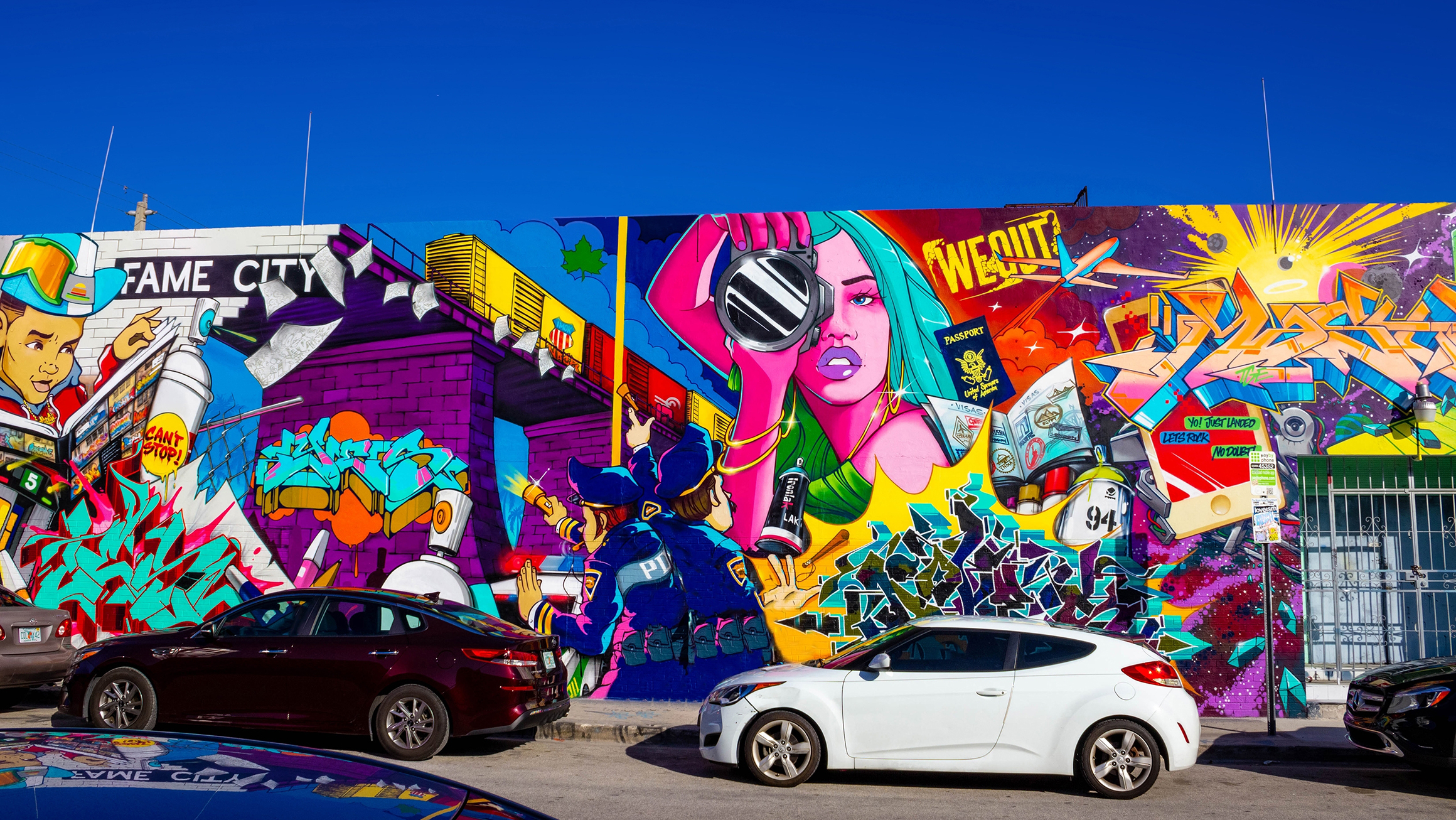
Arts and culture are key to inclusive community development. They bring people together, create welcoming and vibrant spaces, and promote economic growth. Given recent federal funding cuts to the National Endowment for the Arts, the National Endowment for the Humanities, and the Institute of Museum and Library Services, communicating the impact of arts and culture at the local level through evidence and data is critical to ensuring they continue to contribute to thriving communities.
In this moment, local funders, practitioners, and policymakers can turn to long-standing approaches to researching arts and culture to understand and demonstrate the impact of arts and culture and how national networks of local organizations can help disseminate lessons and expand our knowledge base.
Examples from the National Neighborhood Indicators Partnership (NNIP), a national network of local organizations in more than 30 cities that the Urban Institute coordinates, illustrate the value of supporting local priorities by connecting communities with the data they need and the help they need to use them. The organizations’ efforts show how arts and culture can support belonging, social capital and connection, and local vitality.
Past initiatives provide tools for examining the local impacts of arts and culture
Over the past several decades, arts and culture initiatives have developed research frameworks to understand and measure the local impacts of arts and culture on communities.
- The Arts and Culture Indicators Project was launched in the 1990s on the premise that healthy places to live provide opportunities to engage with arts and culture, that arts and culture influence community outcomes, and therefore that arts and culture need to be incorporated into understandings of community life.
The project incorporated measures of arts and culture into broader quality-of-life measurement systems. Its approach expanded the conception of cultural assets beyond traditional assets (e.g., museums or concert halls), broadened how to think about participation and engagement, showed how arts affected quality of life, and linked arts and culture to other fields. - Other insights into understanding the impact of arts and culture have come from creative placemaking, an approach where arts and culture (PDF) are used to shape communities’ physical and social elements and improve social and economic outcomes. Creative placemaking became increasingly popular in the 2000s, through such initiatives as the National Endowment for the Arts’ Our Town grant program (launched in 2011) and ArtPlace America (which operated between 2010 and 2020). A key part of these efforts was to show how creative placemaking could benefit other fields.
For example, ArtPlace America commissioned field scans, investigating how creative placemaking intersects with everything from transportation, to housing, to community safety. The National Endowment for the Arts has also supported efforts to understand the broader impact of arts and culture. An evaluation of Our Town produced a framework for measurement and understanding project impacts on communities and commissioned the Urban Institute–led Validating Arts and Livability Indicators study to identify metrics on resident attachment to communities, quality of life, local economic conditions, and arts and cultural activity.
These examples highlight the balancing act that arts and cultural assessments need to use. Standardized universal metrics can situate local efforts in broader contexts and provide a point of comparison, but since place-based interventions have particular goals and intended effects, studies need to engage with and learn from local communities to understand local contexts.
How data-driven local efforts can help assess the impact of arts and culture
Examples from NNIP partners show how measuring local impacts can empower communities and provide broader lessons. Cases discussed in a recent NNIP partnerships meeting session highlight some of these themes:
- Local data collection can identify opportunities to address imbalances in access to arts and culture. In Detroit, Detroit Excellence in Youth Arts and Data Driven Detroit collected data from youth arts programs and discovered that access to cultural opportunities is not evenly distributed among young people living in the city and that youth living outside the city disproportionately benefit from Detroit cultural opportunities compared with youth city residents.
- Community-led data collection can expand how we identify cultural assets. The Cultural Treasures of South LA project involved a cross-sector coalition supported by the University of Southern California’s Neighborhood Data for Social Change. This community-driven cultural asset mapping project celebrated cultural treasure” with resonance to local communities that tend to be excluded in more traditional accounts and mappings of cultural spaces.
- Mapping local cultural assets can inform policymaking. A study by the Metropolitan Area Planning Council of the Boston area identified creative spaces across the region to inform how policy decisions could help protect and support existing creative spaces, foster the establishment of new ones, and strengthen local partnerships across the region.
These efforts highlight how local engagement and data collection can help empower communities to identify the existing and potential value of arts and culture. They also show how the approaches to research used by the Arts and Culture Indicators Project and creative placemaking remain vital.
In a time of federal contraction, there is an acute need for local- and state-level resources—from governments, philanthropies, and the private sector—to demonstrate how arts and culture can strengthen and sustain thriving communities. Learning communities such as NNIP provide channels and opportunities for people involved in local efforts to engage in the exchange of innovations, data, and evidence of impact and to continue to build the field.
Let’s build a future where everyone, everywhere has the opportunity and power to thrive
Urban is more determined than ever to partner with changemakers to unlock opportunities that give people across the country a fair shot at reaching their fullest potential. Invest in Urban to power this type of work.